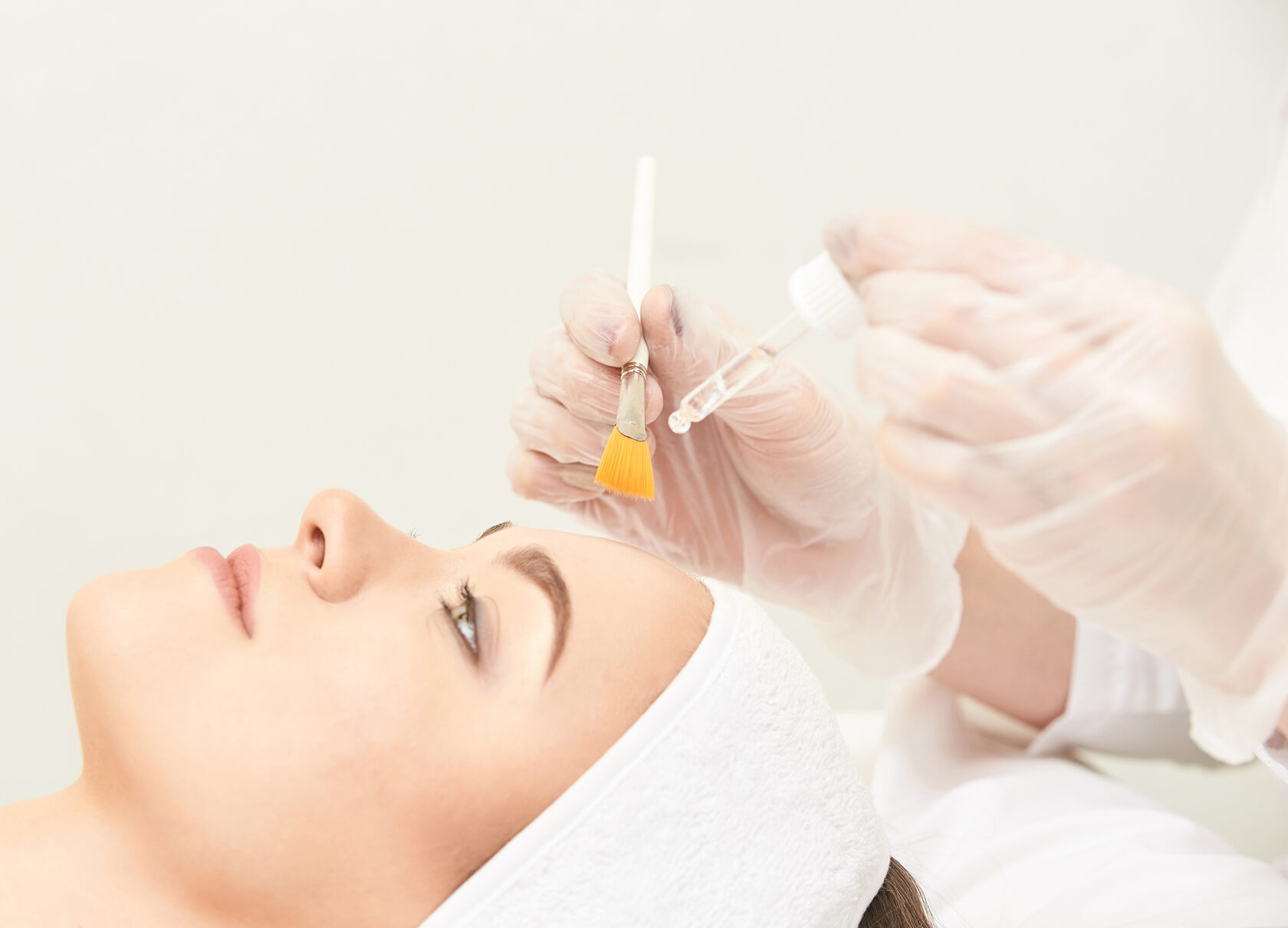Chemical Peels: Before and After Results
Chemical peels are a popular cosmetic procedure designed to rejuvenate the skin. By applying a chemical solution, the outer layers of damaged skin are exfoliated, revealing a smoother, more youthful complexion. If you're looking to rejuvenate your skin and reduce blemishes, chemical peels in Riyadh offer a highly effective and professional solution. The results can be dramatic, but understanding what to expect before and after the procedure is crucial.
Before the Chemical Peel
Before undergoing a chemical peel, individuals often present with a variety of skin concerns. These can include:
- Fine lines and wrinkles: These are often the first signs of aging, appearing as shallow creases on the skin's surface.
- Sun damage: Prolonged exposure to the sun can cause age spots, freckles, and a leathery texture.
- Acne scars: These can range from shallow depressions to deep, pitted marks on the skin.
- Hyperpigmentation: This refers to dark patches on the skin caused by an excess of melanin, often due to sun damage, hormones, or acne.
- Uneven skin tone: This can manifest as blotchy skin with areas of discoloration.
- Rough texture: The skin may feel coarse or bumpy to the touch.
The severity of these concerns can vary significantly from person to person, influencing the type and depth of chemical peel recommended.
Types of Chemical Peels and Expected Results

Chemical peels are classified into three main categories, each targeting different layers of the skin and addressing specific concerns:
- Superficial Peels: These are the mildest type, targeting the outermost layer of skin (epidermis). They typically use alpha-hydroxy acids (AHAs) like glycolic, lactic, or salicylic acid.
- Before: Individuals may have minor skin issues like fine lines, uneven skin tone, mild acne, and dryness.
- After: Expect a brighter complexion, smoother texture, and a reduction in fine lines. Results are often subtle but noticeable after a series of treatments.
- Medium Peels: These peels penetrate deeper into the upper part of the dermis and often use trichloroacetic acid (TCA).
- Before: These peels are used for more pronounced concerns such as deeper wrinkles, acne scars, and moderate hyperpigmentation.
- After: Significant improvements in skin smoothness, a reduction in the appearance of acne scars, and fading of hyperpigmentation. The skin will look noticeably younger and more radiant.
- Deep Peels: These are the most intense, reaching the lower dermis. They typically use phenol.
- Before: Deep peels are reserved for severe skin issues like deep wrinkles, significant sun damage, and deep acne scars.
- After: Dramatic results, including a substantial reduction in deep wrinkles and scars. Skin appears significantly tighter and more rejuvenated. However, these peels have a longer recovery period and potential side effects.
The Healing Process and What to Expect
The healing process varies depending on the depth of the peel:
- Superficial Peels: Expect some redness, dryness, and mild peeling, similar to a sunburn. This usually resolves within a few days.
- Medium Peels: Redness, swelling, and a more pronounced peeling will occur. Blistering is possible, and the skin may crust over before peeling. Recovery typically takes one to two weeks.
- Deep Peels: These peels involve significant redness, swelling, and discomfort. Bandages may be required, and the healing process can take several weeks.
Long-Term Results and Maintenance
The longevity of chemical peel results depends on the type of peel and how well the skin is cared for afterward.
- Superficial Peels: Results are temporary, lasting from one to a few months. Regular maintenance treatments are needed to sustain the benefits.
- Medium Peels: Results can last several months to a year. Periodic maintenance treatments can help prolong the effects.
- Deep Peels: These peels offer the most long-lasting results, sometimes lasting for several years. However, the aging process and new sun damage can still affect the skin over time.
To maintain the results of a chemical peel, it is essential to:
- Protect the skin from the sun: Use a broad-spectrum sunscreen daily.
- Follow a gentle skincare routine: Avoid harsh cleansers and exfoliants.
- Moisturize regularly: Keep the skin hydrated to promote healing and maintain its health.
- Avoid picking at peeling skin: This can lead to scarring and infection.
Conclusion
Chemical peels can provide significant improvements in skin appearance, addressing a wide range of concerns from fine lines and uneven tone to deep wrinkles and acne scars. By understanding the different types of peels, the expected results, and the healing process, individuals can make informed decisions and achieve their desired skin goals. Remember that consulting with a qualified dermatologist or skincare professional is crucial to determine the most appropriate treatment and ensure a safe and effective outcome.




Comments